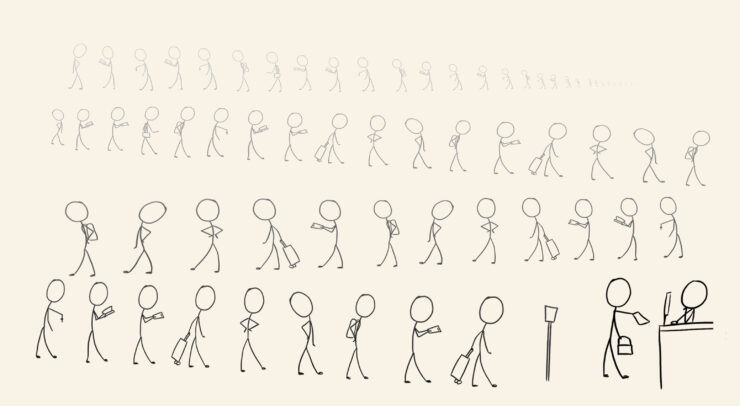The problem of waiting in crowded places is unavoidable in areas like public transit, classes, elevators, and many more. And what’s common across these situations? People who somehow can’t wait until you leave before they decide to walk in.
All of us had been in these sorts of situations at least once, most notably when riding an elevator. Imagine trying to get out of an enclosed space to continue on your day, but wait, not so fast! On your way out the elevator you have to weave your way through a crowd that ignores your need to exit the elevator, and decides to push their way in at the same time.
And it’s not like there is an “elevator pilot,” someone pushing buttons and pulling levers behind the scenes who can manually control the speed of an elevator based on how fast you can squeeze through those doors. This person won’t get you to the seventh floor faster just because you’re in a hurry and you managed to get to the elevator first since you “really need it.” This person does not exist, the elevator won’t go faster because you were first to the scene.
But wait, what about those buttons that can close the doors before the designated time? Surely they can speed up an elevator! Well no, they can’t. They don’t accelerate anything. Often times, they aren’t even connected to a system.
Pushing your way in makes it difficult for both parties—those who are trying to exit the elevator can’t do so on time, whilst those who rush into the elevator can end up waiting longer.
Even though the premise is not that difficult, this still happens far too often. It all comes down to being a decent human being, a norm just as reasonable as holding a door or saying “bless you” when someone sneezes. If only those who are rushing into the elevators could understand it, but maybe they’re in too much of a hurry to listen.





